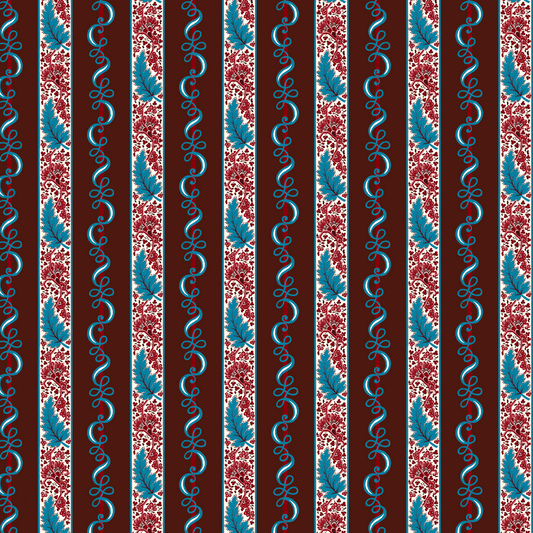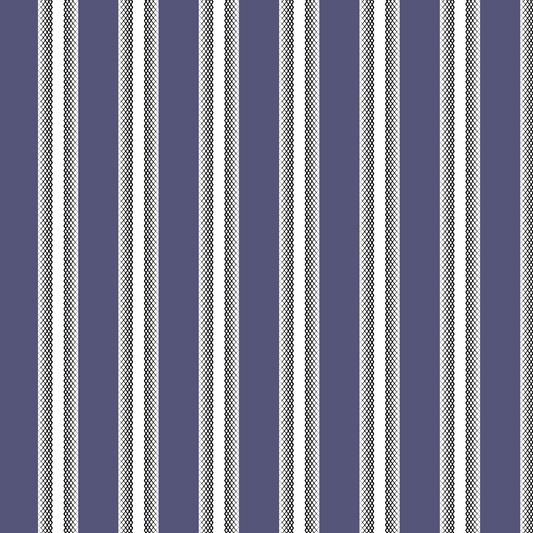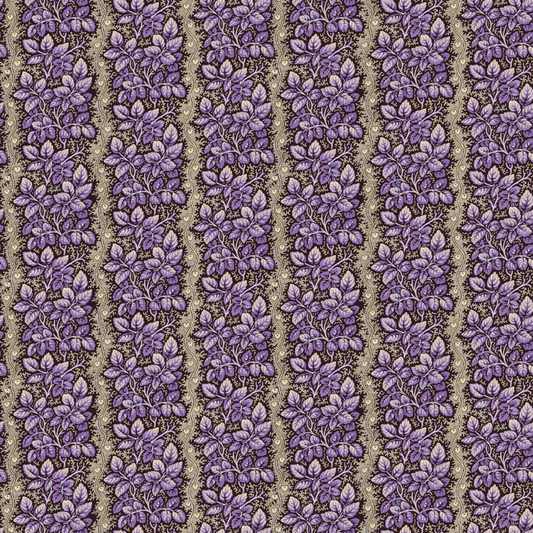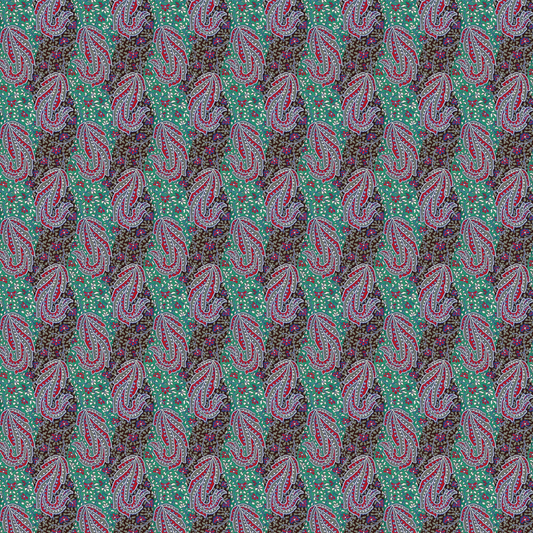Collection: 1840s Fabric Design
Designs Coming soon ...
1840s Historical Fabric Design
In the 1840s, fabric design underwent significant changes influenced by the prevailing trends and technological advancements of the time. During this period, various styles and patterns emerged, reflecting the social, cultural, and artistic influences of the era.
One prominent style of fabric design in the 1840s was the Victorian Era aesthetic. This era was characterized by elaborate and intricate designs, often featuring floral motifs, paisleys, and intricate lace patterns. Fabrics such as silk, velvet, and brocade were popular choices for clothing and home decor during this time.
Another significant influence on fabric design in the 1840s was the Arts and Crafts Movement. This movement emphasized traditional craftsmanship and simple forms, leading to a revival of handcrafted textiles. Artists and designers like William Morris played a key role in promoting this style, which favored natural motifs and earthy colors.
Technological advancements also impacted fabric design in the 1840s. The Industrial Revolution brought about innovations in textile manufacturing processes, leading to the mass production of fabrics. This resulted in a wider availability of textiles at more affordable prices, allowing for greater variety in design choices.
In terms of color palettes, the 1840s saw a range of hues being used in fabric design. Earthy tones such as browns, greens, and rust were popular choices, reflecting the naturalistic themes of the era. Brighter colors like blues, pinks, and purples also found their way into fabric designs, adding a touch of vibrancy to clothing and interiors.
Overall, fabric design in the 1840s was a reflection of the diverse influences shaping society at that time. From the opulent Victorian styles to the simplicity of the Arts and Crafts Movement, fabrics from this period showcase a rich tapestry of creativity and innovation.









